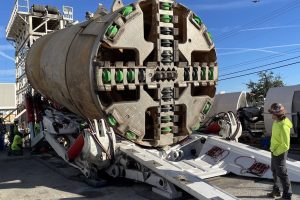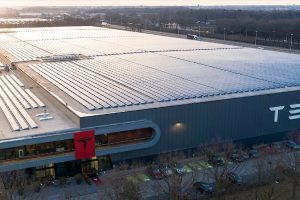Nissan has launched a new fleet of Nikola and Kenworth electric semis that will deliver vehicles to dealers in Los Angeles.
Nissan was a pioneer in the EV space with its Nissan Leaf, launched over a decade ago. But since then, many have accused the brand of becoming complacent. As the Japanese brand looks to revitalize its electric brand image and continue its new, more aggressive electrification plan, it has launched a fleet of Nikola and Kenworth electric semis that will deliver vehicles to Nissan dealers in the Los Angeles area.
Nissan will only be starting with two trucks, one from Kenworth and one from Nikola, but they will serve as a testbed for expanded use in the near future. Alongside introducing these trucks, Nissan is investing in placing high-powered semi chargers at the Port of Los Angeles, where many of their vehicles enter the United States.
“Exploring the use of BEV trucks for new vehicle delivery is an important milestone in our journey toward carbon neutrality throughout our business,” said Chris Styles, VP of Supply Chain Management at Nissan North America. “By being an early adopter of this technology, we’re showcasing our innovative spirit and positioning ourselves to meet our long-term goals for zero-tailpipe-emission transportation.”
Electric semis, like the ones made by Nikola and Kenworth, are ideally suited for vehicle delivery. Despite lacking range, most trucks are used to move vehicles from a railyard or shipyard to nearby dealerships. Further, with many dealers being located in and around city centers, automakers can cut down on diesel emissions and noise pollution in dense urban centers simply by switching to these electric offerings.
Thanks mainly to the Tesla Semi, the use of electric semis could easily expand overall in the coming years. With Tesla’s offering being far more powerful and capable of an incredibly 500 miles of range when fully loaded, it has inspired a new level of confidence in the technology from commercial users.
Nissan may have a long way to go in its electrification journey. Still, with moves like this, the Japanese brand is showing that it is willing to make more significant changes throughout its organization, not just in the vehicles it sells to customers. Perhaps this move can inspire other automakers to do the same, reducing the emissions of shipping vehicles before they are delivered to customers.





